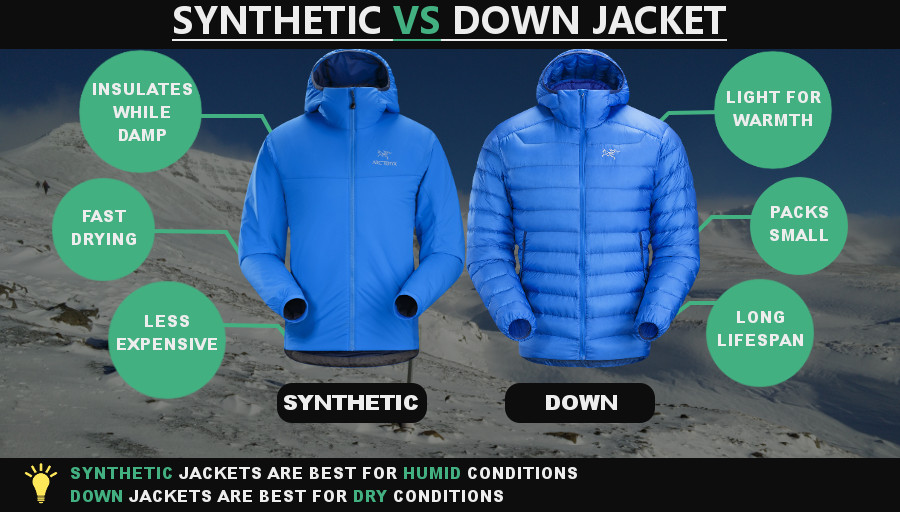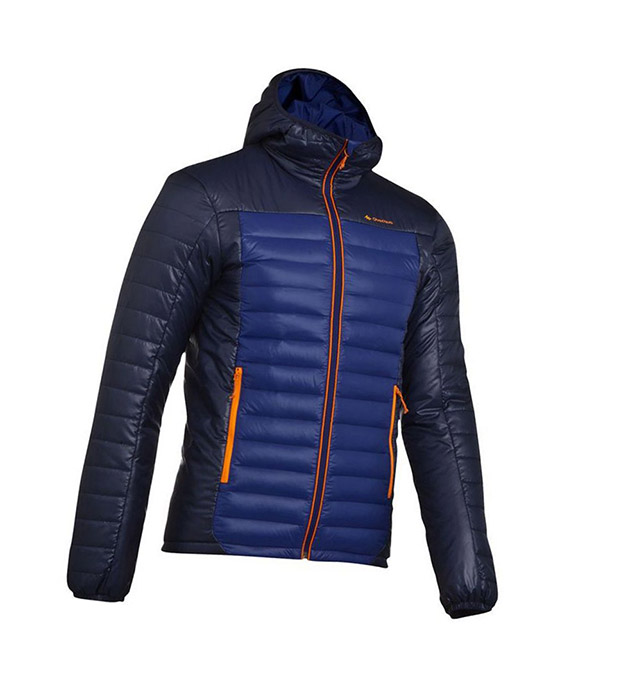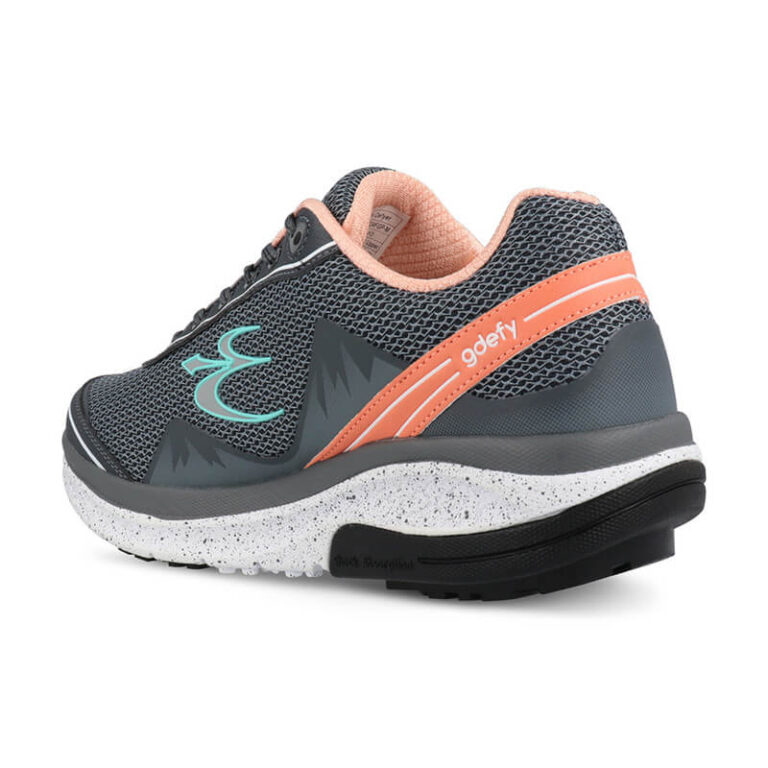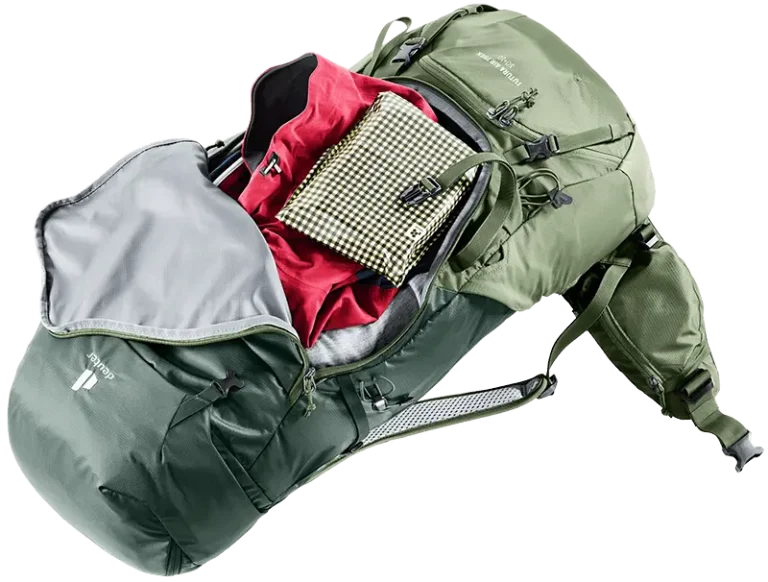Down Jacket Guide: What is a Down Jacket?
A down jacket is a type of clothing typically filled with down feathers to provide insulation. The down feathers are usually taken from ducks or geese, and they are what give the jacket its warmth. For hikers and backpackers in mountains or cold season, this is the go to jackets.
A short summary:
Down is a good insulator that is soft and compressible. Fill power measures how much space an ounce of down will fill in a test cylinder. And fill weight is the actual weight of the down in an ounce. Goose down is better than duck down. New technologies in treating down help it last longer.
What is a Down fill for a Jacket?
Fill power is an indicator of the overall quality of the down. The figure originates from a laboratory test determining how many cubic inches of loft one ounce of down fill creates. Greater loft and insulating efficiency are indicated by higher fill power figures. The higher the fill power, the more down there is in the jacket, and the warmer it will be.

Down Vs. Synthetic Insulation
Down vs. synthetic insulation is a debate that has been going on for years. Down is typically more expensive than synthetic insulation but is also more durable and warm. Synthetic insulation is usually made from polyester, and it is not as warm as down, but it is cheaper and easier to care for.

A heavyweight down jacket is made with a thicker, more durable material for the outer shell. This type of jacket is great for wearing daily or for longer trips. It is also more comfortable in colder temperatures.
Goose Down vs. Duck Down which is better?
Down is a type of insulation that comes from the plumage of both geese and ducks. Goosedown is considered the more premium of the two types, but duck down is more readily available because ducks are a more common food source.
Jacket Construction
Jacket construction is important to consider when choosing a down jacket. Sewn through construction is when the outer fabric is sewn to the inner lining, which can cause the down to lose its loft and become less warm. Box baffle construction is when the inner and outer fabric are sewn together, but there are box-shaped chambers that keep the down from moving around. Heat-seamed construction is when the inner and outer fabric is heat sealed together, preventing the down from leaking. The outer material is also important to consider because you want something durable and able to withstand the elements.
Durability & Weight
Durability and weight are two important factors to consider when choosing a down jacket. Down is a natural material that is not as durable as synthetic insulation. Synthetic insulation is usually made from polyester and is more resistant to tears and abrasion. Down is also lighter than synthetic insulation, so it is a good choice for ultralight backpacking.
Fit:
Fit is an important consideration when choosing a down jacket. You want a jacket that fits snugly but not too tightly. A down jacket should trap your body heat, but you should still be able to move freely.
Features
A few features to look for in a down jacket include a hood, cuffed waist, wrists, and pockets. A hood is a good choice if you plan on being in cold weather, as it will help to keep your head warm. Cuffed wrists and a cuffed waist can help seal your body heat, and pockets are always handy for storing things like your phone or a map.
Down insulation comes with a few pros and cons that you should be aware of before selecting a sleeping bag. The information below is based on our industry experience and feedback from people who use our gear.
Pros:
Down is extremely lightweight, compressible, and durable. It has the highest warmth-to-weight ratio out of any other insulation material on the market today.
It is also very breathable, which helps to regulate your body temperature while you sleep. This means that you won’t wake up feeling sweaty or clammy like you might with synthetic insulation.
It is also water resistant, so it will keep you warm even if your sleeping bag gets wet (although it will lose some of its insulating properties).
Finally, down is environmentally friendly since it comes from a natural resource (duck or goose)
Cons:
It is light and warm, but it does not work well when it is wet. Synthetic insulation is made from man-made materials and it works better when it is wet.
Water-Repellent Down and Waterproof Shells
Down is a type of feather used to insulate jackets and sleeping bags. When down gets wet, it loses its ability to insulate. To combat this, many down jackets and sleeping bags have a DWR finish on the outside so that water beads off instead of soaking in. DWR stands for Durable Water Repellent. Hydrophobic down is a type of down that has been treated to reduce water absorption and help it dry faster and retain its loft. That being said, it’s no match for full proper waterproofing.
Take Good Care of Your Down:
If you have a down jacket or sleeping bag, it is important to take care of it so it will last a long time. Store it in a way that it can expand to its full size, not compressed in a small space. cleaning them often, and massaging any loose feathers back into the fabric.
Sleeping bag liners can help protect it from your body’s oils.








